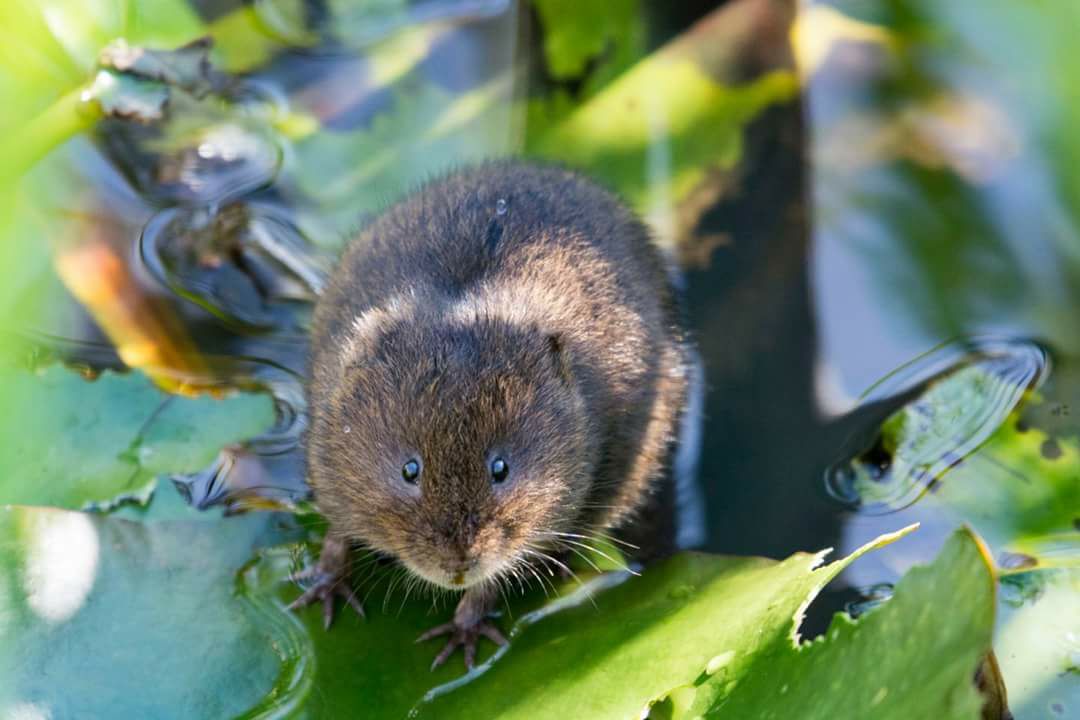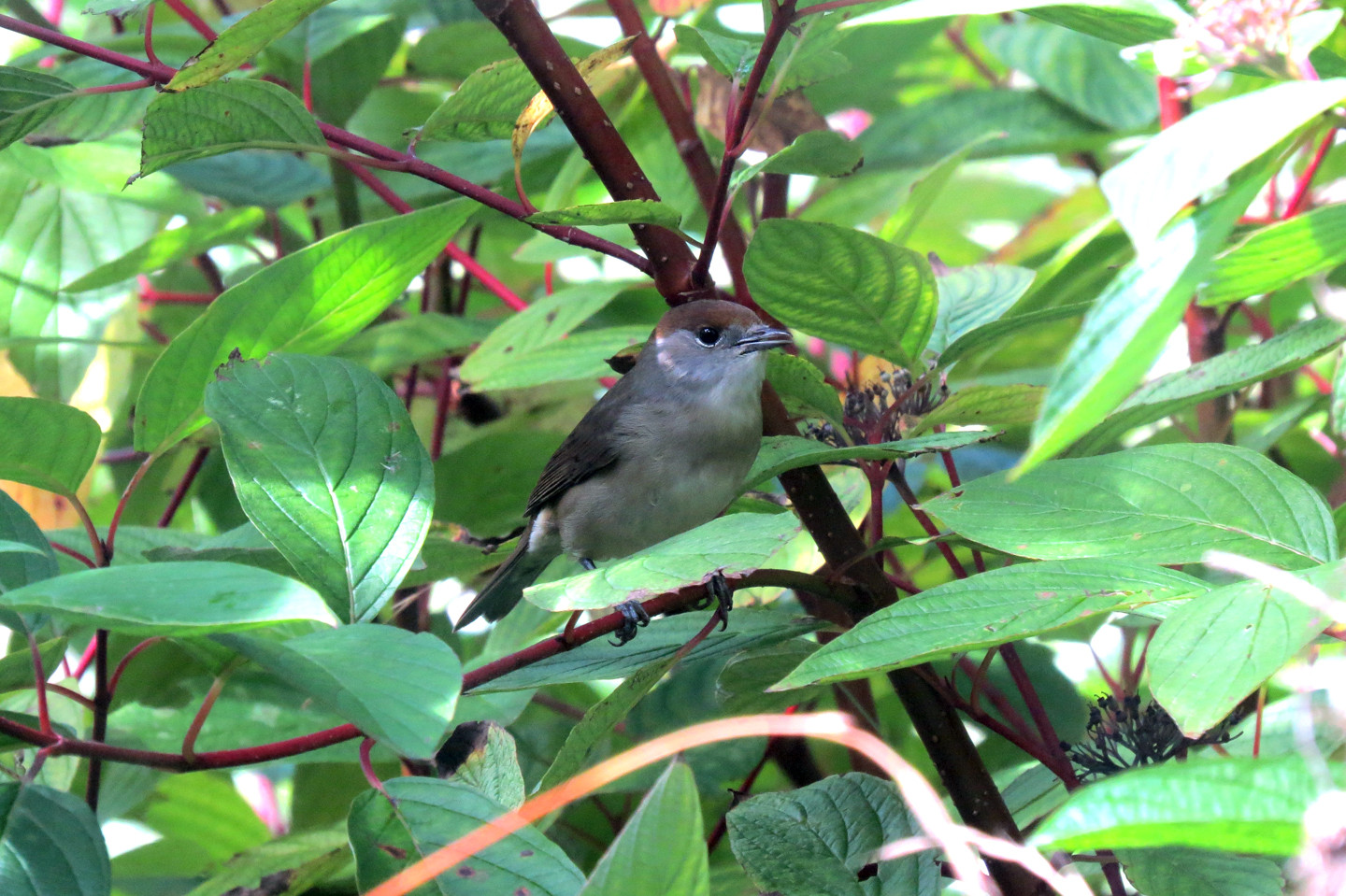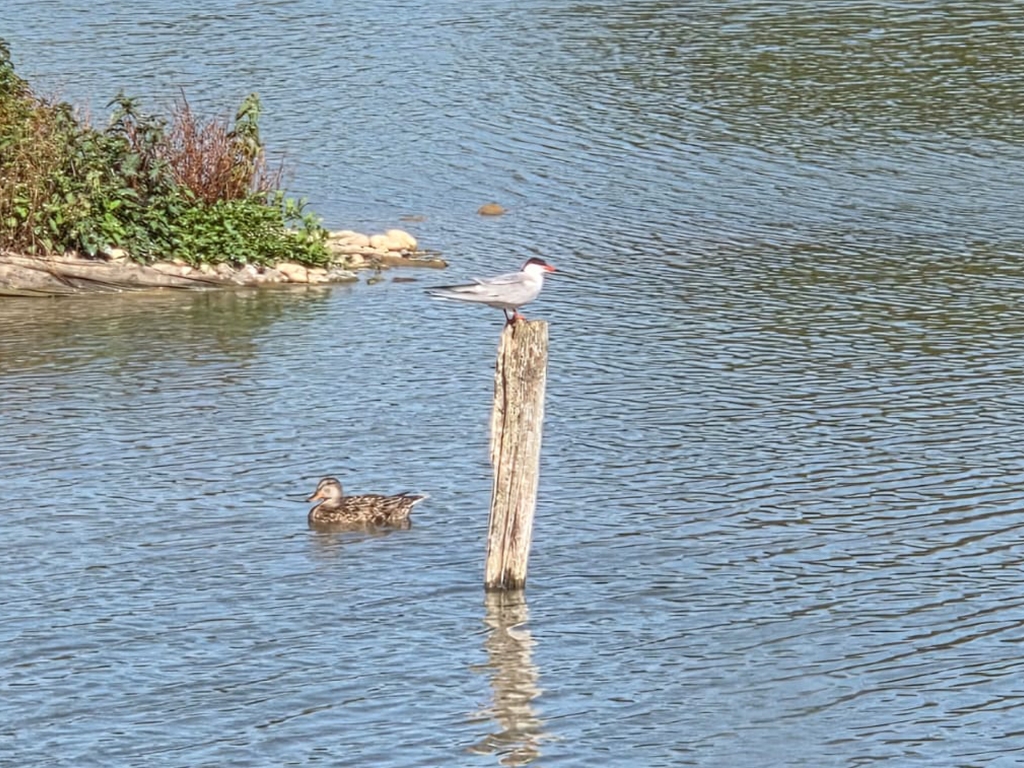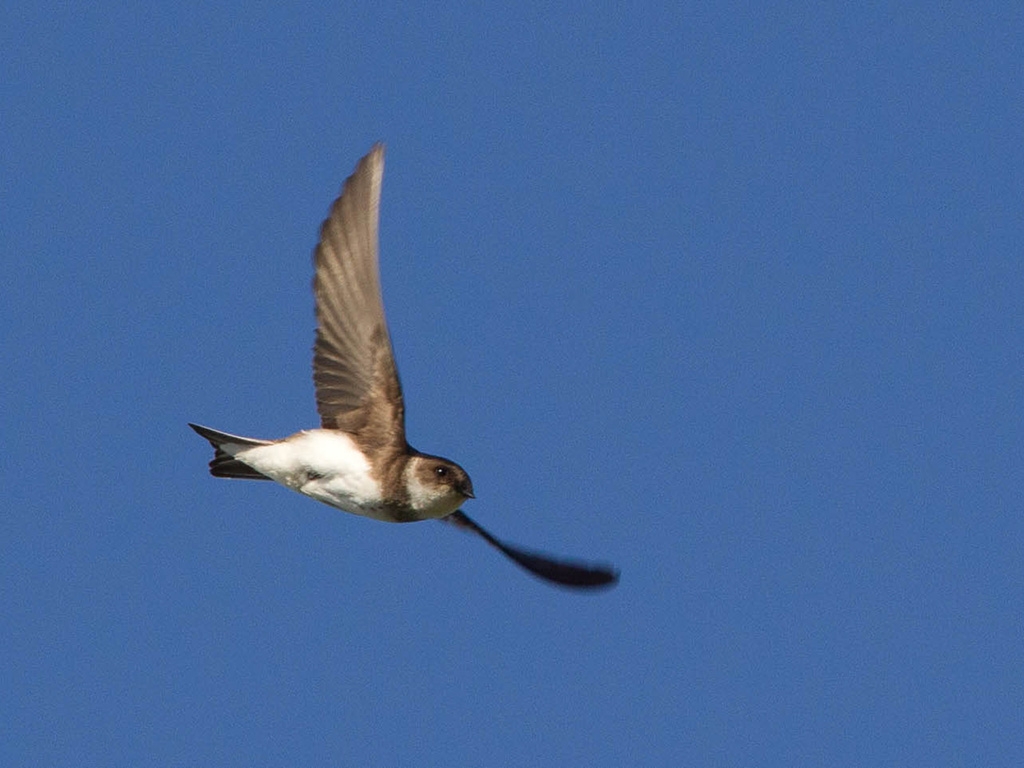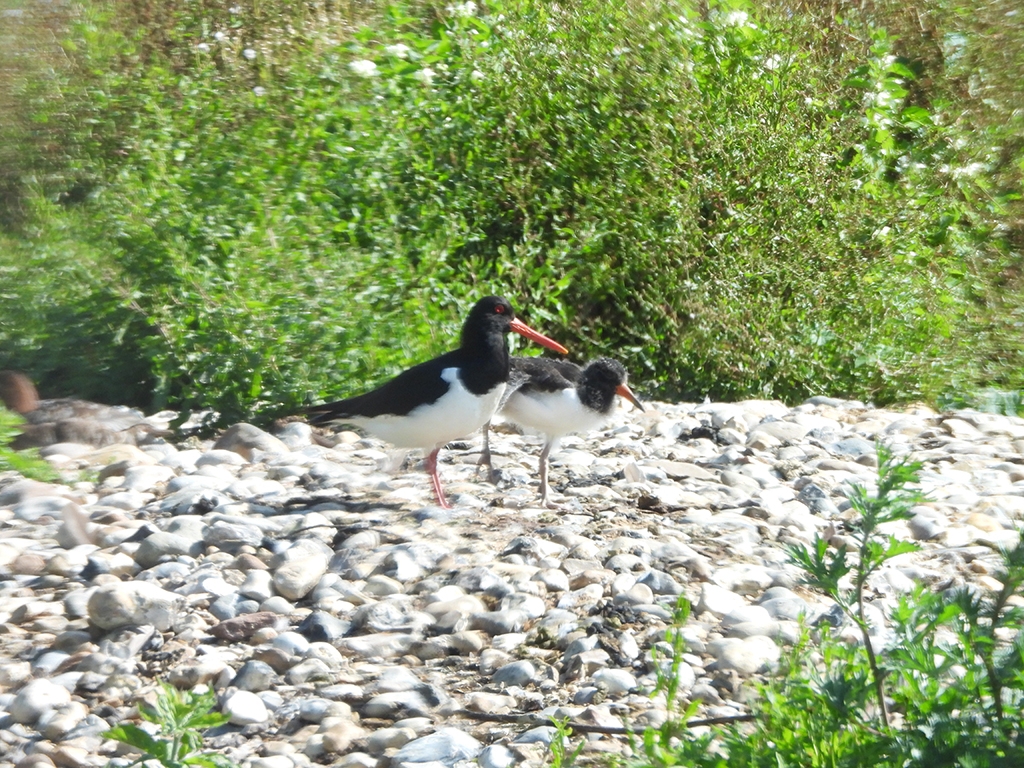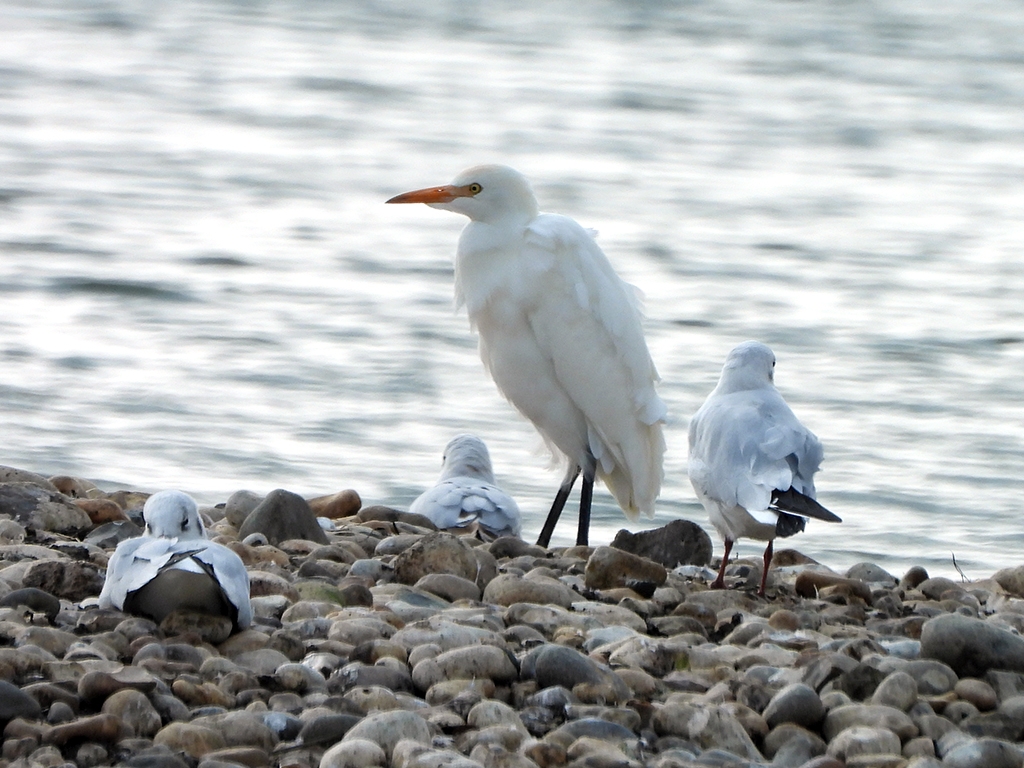Abundance of bats & berries

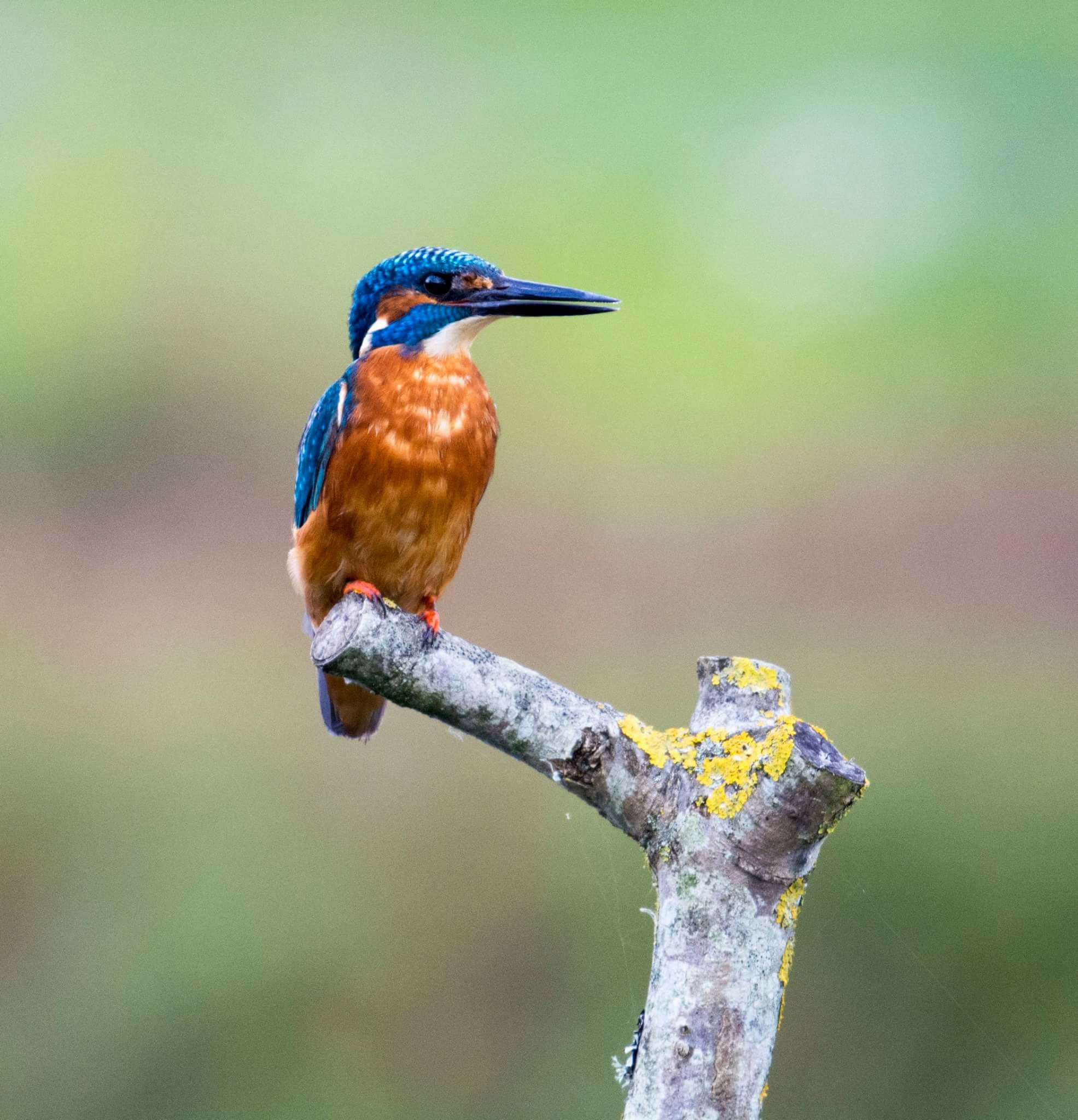
LIKE THE LEAVES in the Offham Hangar changing colour the increase in the number of water rail on site is a sign that autumn is here. We are hearing and seeing water rails in the reedbed, wet grassland and along the ditches.
The berries on the hedgerows also signal the changing season. An abundance of hawthorn berries, sloes and blackberries means there is food this autumn for the harvest mice and birds. Even the water voles enjoy the odd blackberry, when they can reach them. Outside the from office window we have seen male and female black caps dining on the white berries from the dogwood branches.
The last of the dragonflies are hanging on and some will be with us through October. Migrant hawkers, brown hawkers and southern hawkers are active on the days when the sun makes and appearance and warms them up.
I led a bat walk last Thursday evening. We discover six pipistrelles in the low box just outside our café doors. At the back of the Wetland Secrets building we watched several pipistrelles emerge at dusk from the wood-crete box I built a few years ago. At the Trumpeter swan pen five Daubenton’s bats were feeding over the water. That didn’t prepare us for the multitude of Daubenton’s bates we could see in the spotlight beam as they feed in a flurry over the waters in front of the Sand Martin hide!
Kingfishers continue to show well. On Sunday there were three separate birds seen from the Ramsar hide at once. The kingfishers were chasing and jostling each other, likely competing for a fishing spot. A cormorant and a grey heron were also there marking the little lagoon to the left of the hide as a prime fishing spot.
I found three empty harvest mice nests last week while cutting near the water’s edge in the Wetland Discovery area and on the wet grassland. This indicates that we must have good numbers of harvest mice on site. We cut a swath near the edge to varying widths, taking it down right to the water in spots. This improves the biodiversity of the plant life and give direct access to the water for snipe, water voles and water rails over the winter.
